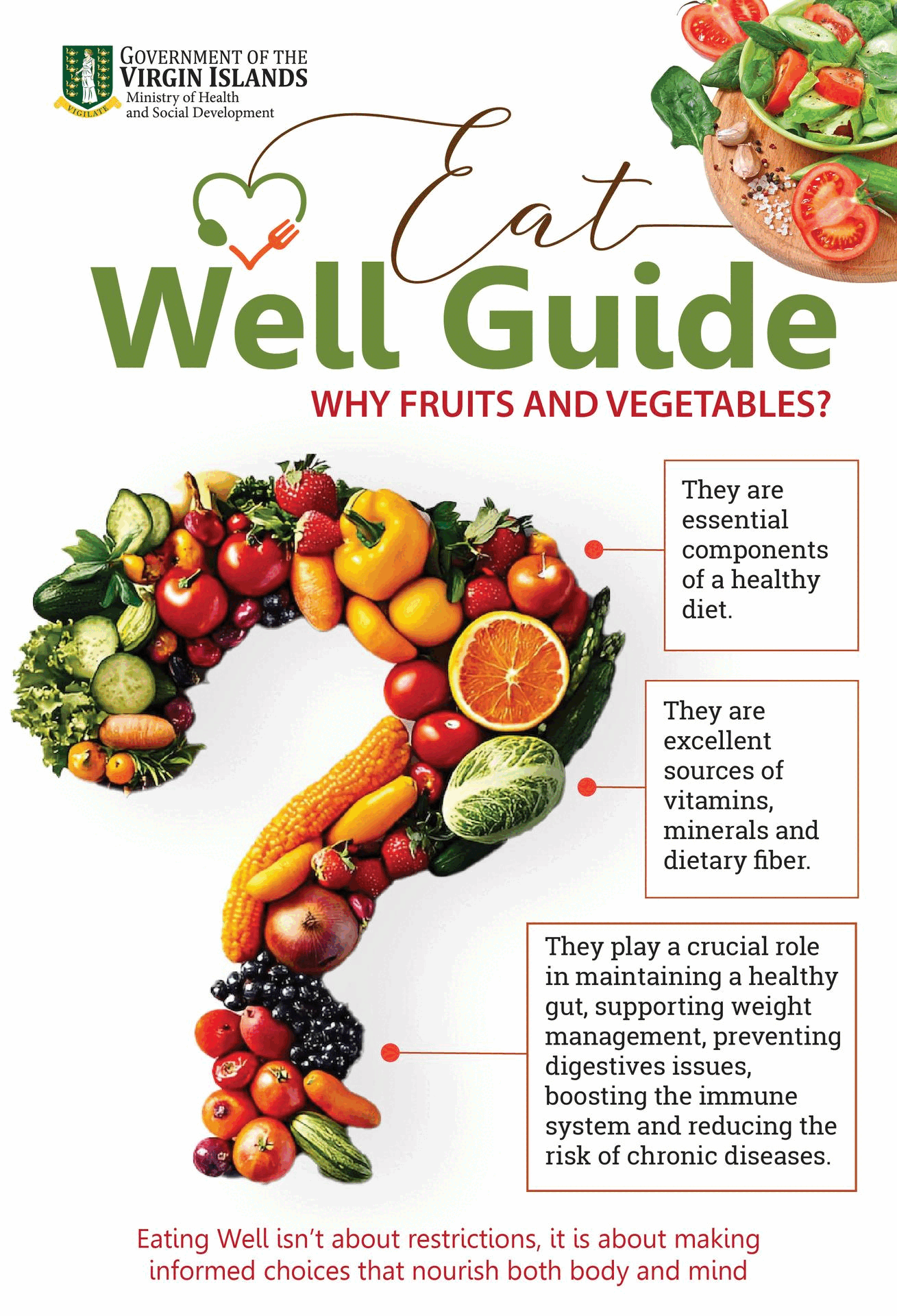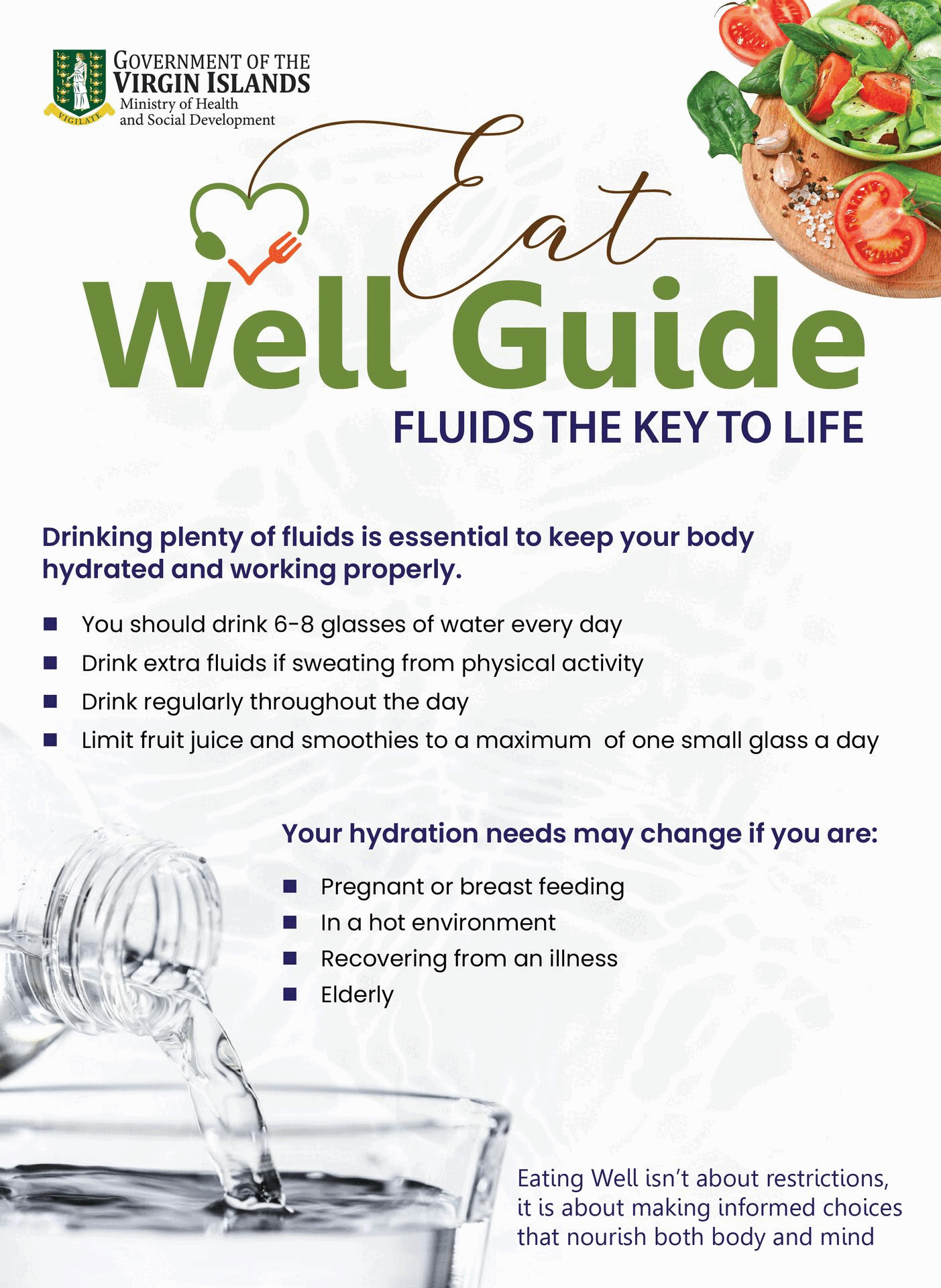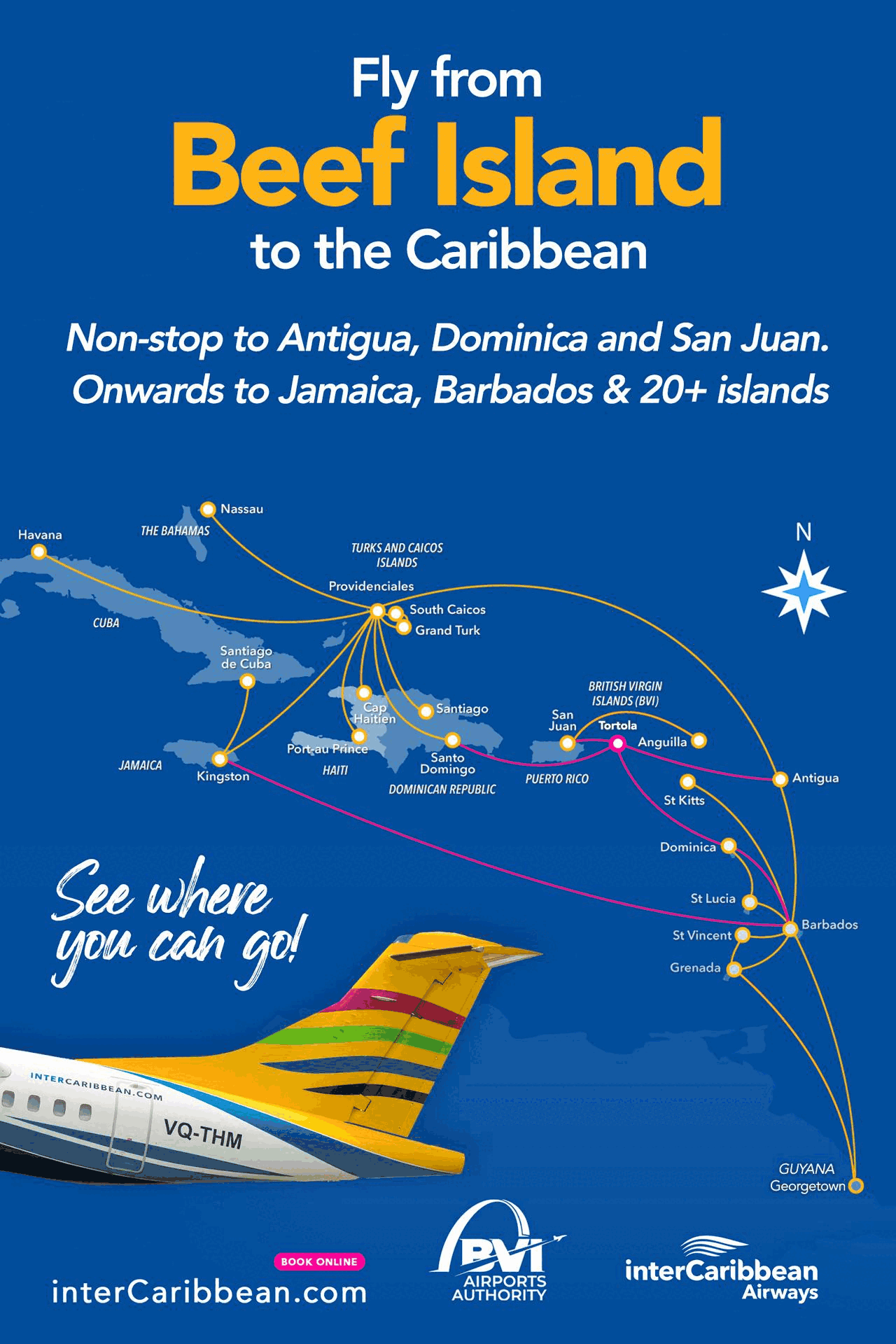Sargassum seaweed being cleared from mangroves around Slaney Point


According to a press release from Government Information Services (GIS), the remedial works are a part of a larger scale of works that are being carried out across the Territory in areas such as Handsome Bay Virgin Gorda, Trellis Bay Beef Island, and Anegada.
According to Marine Biologist Mervin D. Hastings of the Ministry of Natural Resources and Labour, “While works are being done to clean up the Sargassum, all efforts are made to ensure that no mangroves in the area are damaged or affected.”
What is Sargassum?
Sargassum is a genus of large brown seaweed (a type of algae) that floats in island-like masses and never attaches to the seafloor.
Floating rafts of Sargassum can stretch for miles across the ocean. This floating habitat provides food, refuge, and breeding grounds for an array of animals such as fishes, sea turtles, marine birds, crabs, shrimp, and more. Some animals, like the sargassum fish (in the frogfish family), live their whole lives only in this habitat. Sargassum serves as a primary nursery area for a variety of commercially important fishes such as mahi mahi, jacks, and amberjacks.
When Sargassum loses its buoyancy, it sinks to the seafloor, providing energy in the form of carbon to fishes and invertebrates in the deep sea, thus serving as a potentially important addition to deep-sea food web.
Drawbacks
When Sargassum seaweed reaches ashore it begins to decay and releases an unpleasant smell.
Too much Sargassum can make it complicated for nesting sea turtles to arrive at shore; and for hatchlings to reach the ocean. Also, it’s more difficult to monitor turtle tracks.
It can adversely affect tourism.
Decomposing in water, Sargassum seaweed can promote blooms of harmful bacteria/microbes; resulting in serious skin irritation.
When removed from the beach, heavy machinery tends to compact the sand and remove both sand and nutrients from the shore, which can lead to beach erosion.





















.png)




















7 Responses to “Sargassum seaweed being cleared from mangroves around Slaney Point”